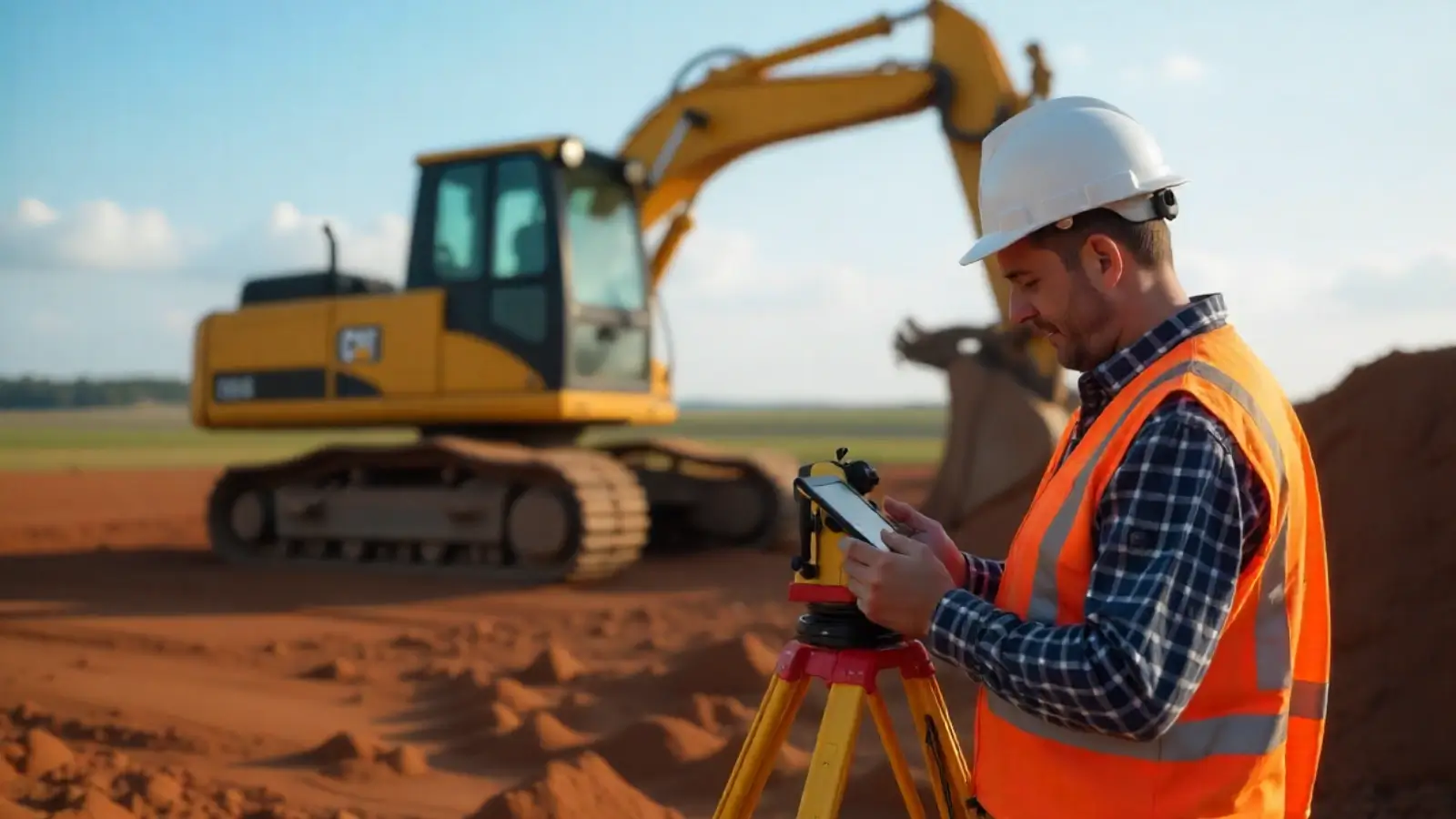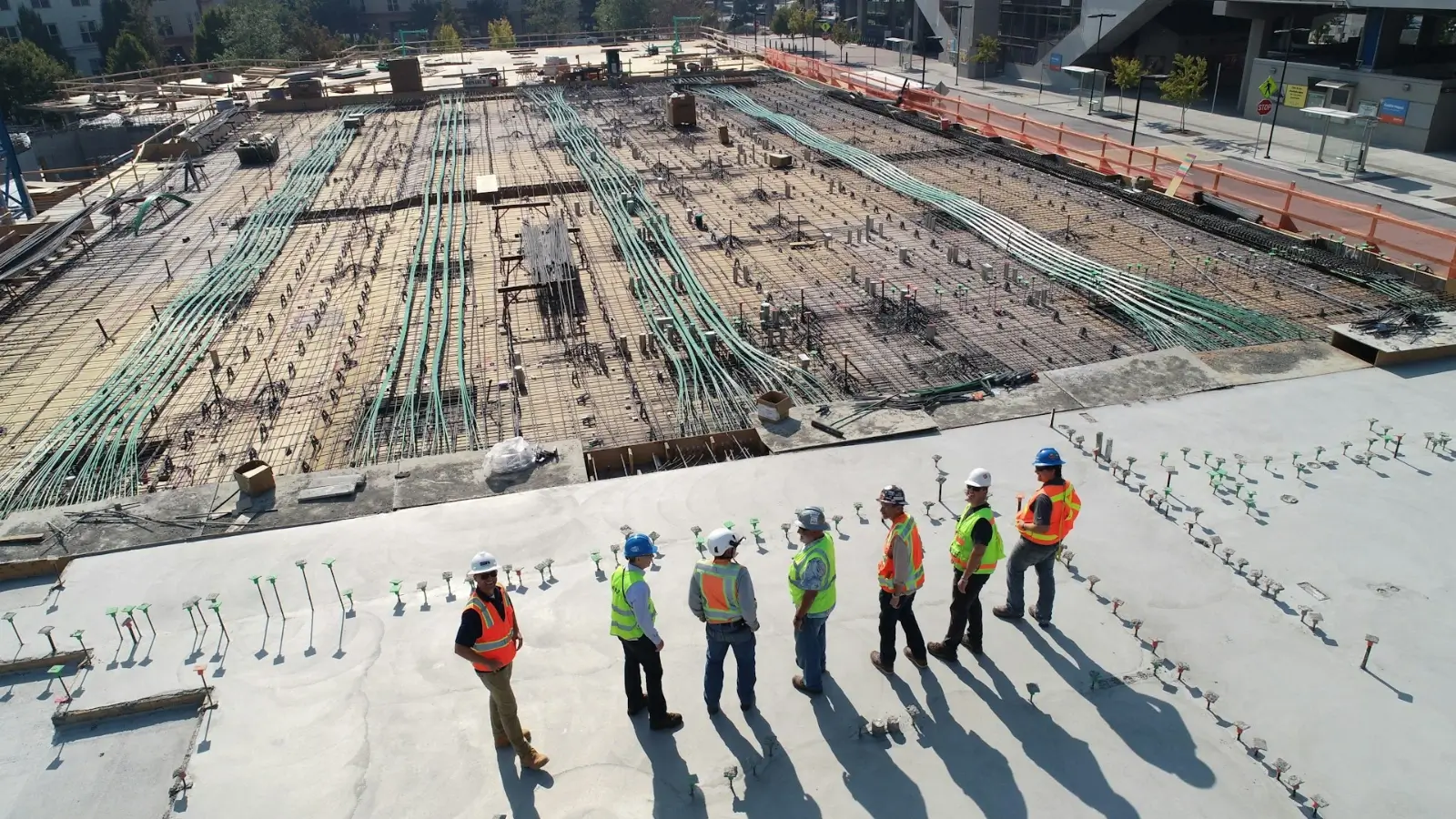Introduction
Remodeling is a big step—part transformation, part strategy, and part controlled chaos. While the reward of a fresh, functional space is worth it, getting there takes more than just inspiration and a Pinterest board. Success starts before the first tile is laid or the first wall is torn down. It begins with mindset, planning, and clear expectations.
Too often, homeowners jump into remodeling projects without a framework, leading to budget overruns, delays, or results that don’t quite meet the vision. Whether you’re opening up your kitchen, finishing a basement, or adding square footage to your home, there’s a roadmap worth following.
This article unpacks the essentials of a “remodeler’s toolkit”—not hammers and nails, but mental checklists and planning strategies that prepare homeowners for smarter, smoother renovations. From design vision to contractor communication, here’s what to consider before you begin.
Define Your Purpose with Precision
Before choosing finishes or floor plans, define why you’re remodeling. Is it to improve functionality? Boost property value? Create more space? Each goal has different implications for budget, scope, and timeline.
For example, if your goal is to increase resale value, kitchen remodeling and bathroom remodeling are typically high-return investments. On the other hand, if you’re planning for long-term living, a home addition or interior remodeling project that prioritizes comfort and adaptability might make more sense.
Avoid the trap of vague goals like “make it nicer” or “open it up.” The clearer your intentions, the easier it will be to make decisions down the line—from layout choices to material selections.
Budget Beyond the Basics
Remodeling costs more than just materials and labor. Permits, design fees, demolition, debris removal, and potential structural surprises all add to the final price tag. Creating a realistic budget means accounting for both expected and unexpected costs.
Build in a contingency—typically 10–20%—for the unexpected. Even with careful planning, surprises are common, especially in older homes. Budgeting for flexibility will keep your project from stalling when the unforeseen inevitably happens.
Think of your budget as a tool to guide priorities, not just limit spending. Would you rather have high-end countertops or extend your layout by three feet? Knowing your non-negotiables helps shape a project that balances dreams and dollars.
Understand the Space Before You Change It
Remodeling a space without understanding how it currently works—or doesn’t—can lead to disappointing results. Spend a few days observing how you use each room. Where are the bottlenecks? What areas are underused? How does natural light move through the space?
This awareness phase is especially important for areas like kitchens and bathrooms, where functionality drives design. Kitchen remodeling should improve movement, storage, and prep zones. Bathroom remodeling should accommodate both daily routines and relaxation goals.
The same logic applies to basement remodeling and interior remodeling. Don’t just focus on square footage—consider how the space needs to feel, perform, and evolve.
Sketch, Map, and Plan
You don’t need to be a professional designer to sketch your ideas. Even rough drawings help you visualize layout changes, furniture placement, and flow. Use tools like graph paper or free design apps to play with options before committing.
Think vertically as well as horizontally. Could you add storage above doorways or along unused corners? Is there room for a loft or built-in desk? These details may seem small but make a big difference in the final result.
If your project involves home additions, detailed mapping becomes even more essential. Understand how the new space will connect structurally and stylistically to the existing home. Will it require its own HVAC zone? Will it change your exterior roofline? These are questions best addressed in the early planning stages.
Don’t Overlook Permits and Zoning
Each municipality has its own rules about what can and can’t be built—and ignoring them can lead to costly headaches. From setback limits on exterior remodeling to height restrictions on home additions, zoning regulations can affect everything from scope to style.
Get clear on what permits you’ll need and how long they’ll take to secure. A good contractor or architect can help navigate the process, but you should still understand the basics. This step ensures your dream space is both legal and insurable.
BBC Construction encourages early permit planning to help homeowners avoid unnecessary delays and keep projects moving forward with confidence.
Assemble the Right Team
Even the most hands-on homeowner needs support. Hiring the right professionals—whether it’s a designer, contractor, or handyman—can elevate the outcome and reduce your stress.
Start by identifying what expertise you need. A full-scale home remodeling project likely requires both design and construction professionals, while smaller updates may be handled by a qualified handyman. Always look for licensed, insured individuals with experience in your type of project.
Set expectations early. Agree on communication methods, timelines, budget limits, and milestones. Transparency from day one builds trust and minimizes miscommunication later.
Be Material-Smart
From fixtures to flooring, the options are endless—and potentially overwhelming. Start by focusing on materials that offer a balance of aesthetics, durability, and maintenance. Not everything needs to be top-of-the-line, but some areas are worth the splurge.
For kitchen remodeling, invest in quality countertops and cabinet hardware—two of the most used elements. In bathroom remodeling, water resistance and durability are key. For basement remodeling, think about moisture-proof flooring and adequate insulation.
Don’t forget to consider lead times. Some custom items or imported materials can take weeks—or even months—to arrive. Build these timelines into your plan so they don’t cause unexpected delays.
Expect Disruption and Stay Flexible
Even well-managed remodels bring disruption. Dust, noise, workers coming and going, and limited access to certain rooms can make daily routines challenging. Setting realistic expectations helps you mentally prepare.
If you’re remodeling a kitchen, set up a temporary cooking area. If it’s the only bathroom in the house, plan for alternative arrangements. Flexibility goes a long way in maintaining sanity through the process.
Also, be open to adjustments. As walls come down or materials arrive, you may find better solutions than originally planned. The best remodeling results often come from collaboration and adaptability—not rigid adherence to the first draft.
Think Long-Term
Beyond immediate needs, consider how your home will serve you five or ten years from now. Are you planning to stay long-term? Will your family grow or shrink? Are there aging-in-place considerations?
Home remodeling should support both your present lifestyle and your future plans. Features like wide doorways, step-free showers, and multi-purpose rooms can extend the usability of your home over time.
Even smaller updates, when chosen with the future in mind, add lasting value and comfort.
Conclusion
Every successful remodeling project starts long before the first tool is picked up. It begins with clarity, preparation, and the right mindset. From identifying goals and assembling the right team to budgeting for flexibility and planning for the future, these early steps shape the foundation of every design decision and construction detail to come.
Whether you’re exploring kitchen remodeling, eyeing a basement transformation, or expanding your footprint with a home addition, taking time to prepare sets the tone for smoother execution and better results.
And when you're ready to bring your vision to life, trusted partners like BBC Construction can help guide the process, bringing structure and expertise to every step of your journey—from first sketch to final nail.
















